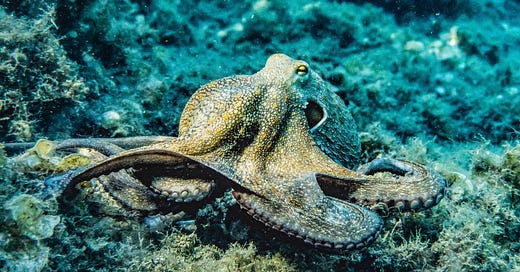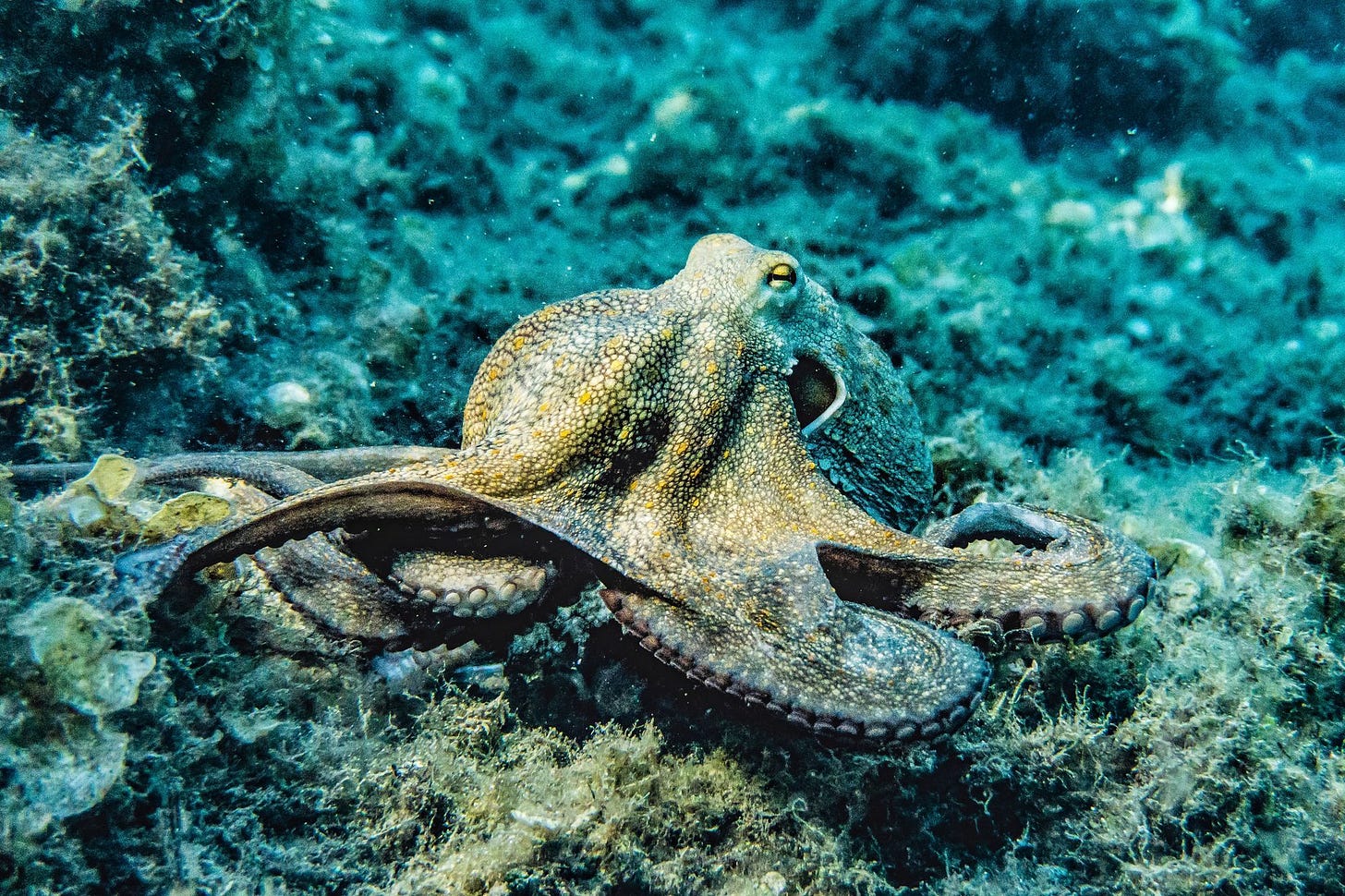I’m still working on the novelette featuring a winged species of humanoids that are adapted for thin air, which on their current world means icy mountain ranges. The species was originally inspired by the oxygenation advantages of blue blood (i.e. horseshoe crabs) because I was interested in a fae species that didn’t have iron-based blood. Since iron is…
Keep reading with a 7-day free trial
Subscribe to Manuscriptions to keep reading this post and get 7 days of free access to the full post archives.



